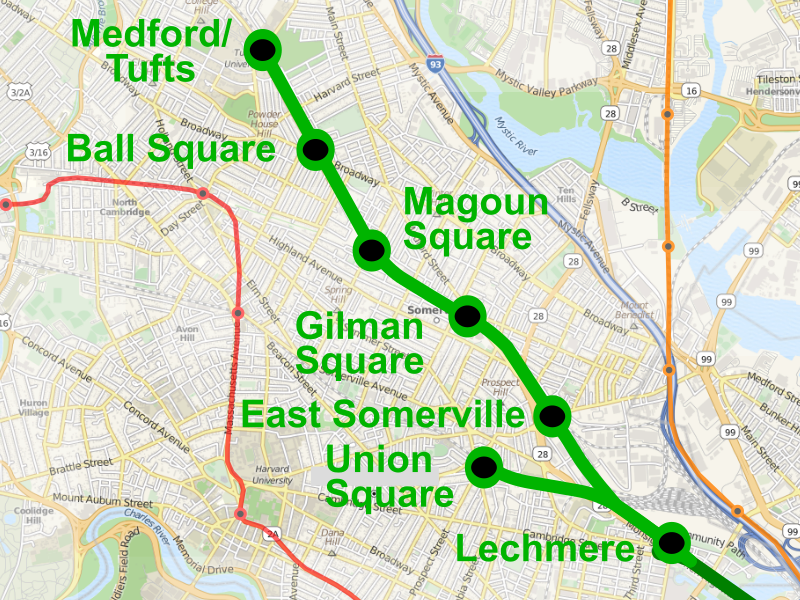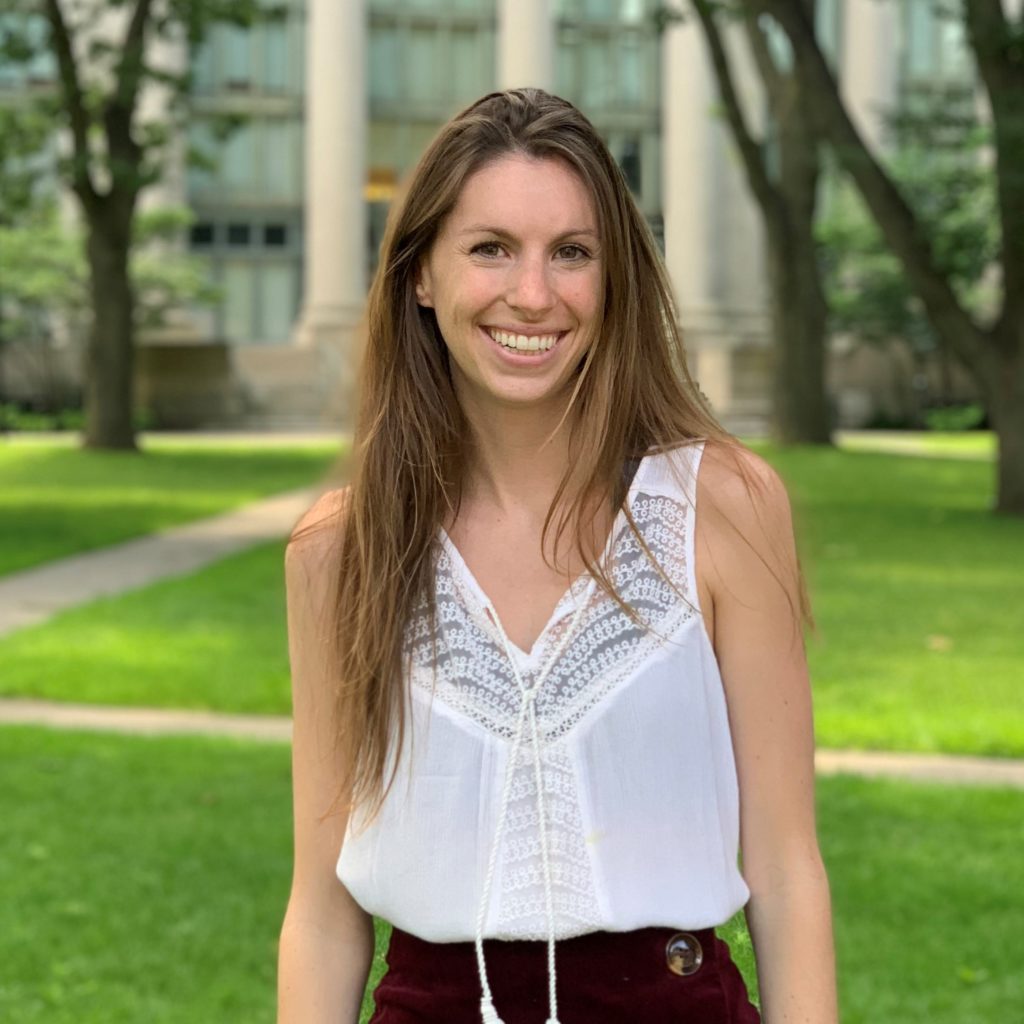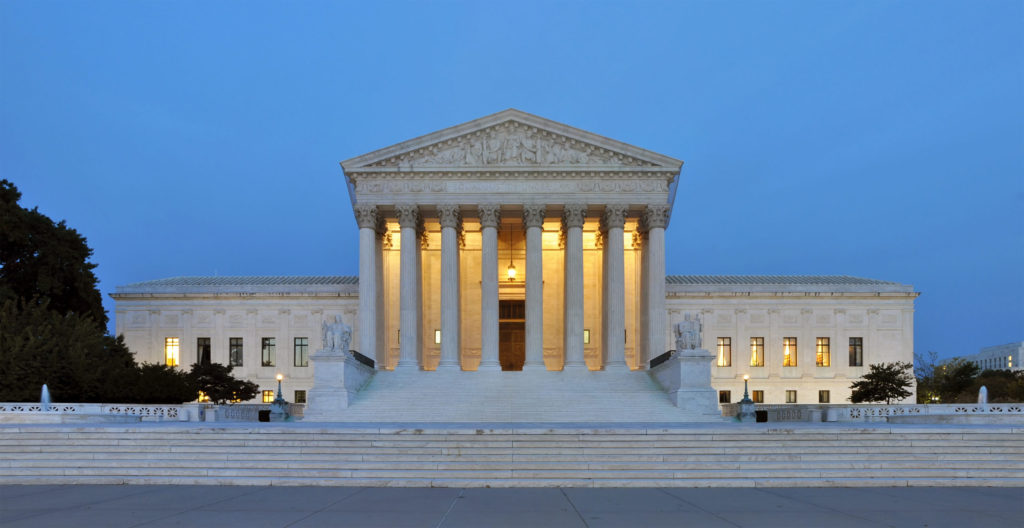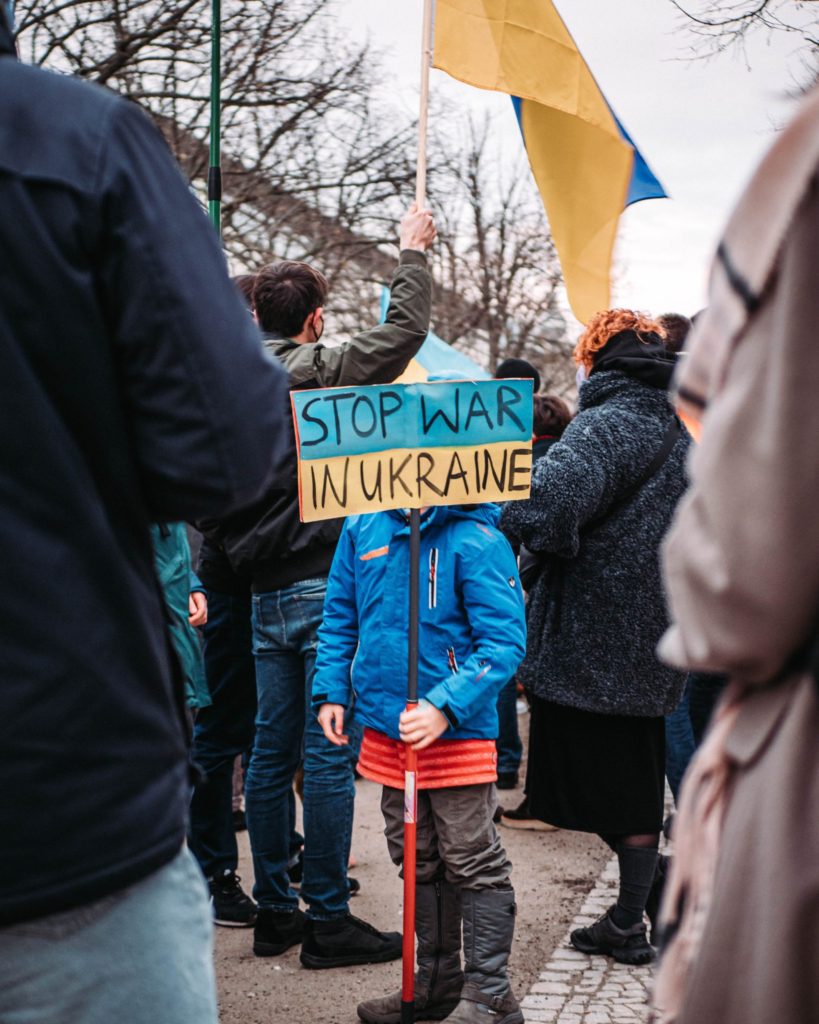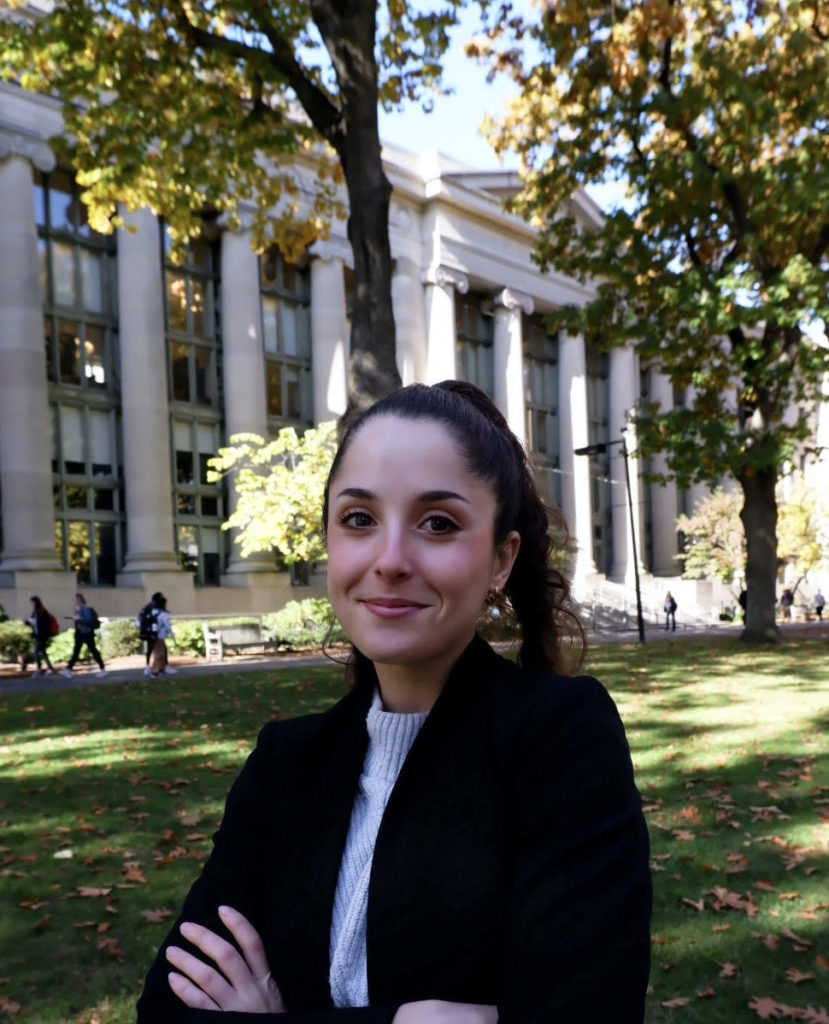By Patrick Maxwell ‘21
This post is the first installment of a multi-part blog series by Patrick Maxwell, “When Norms Collide: The (Growing?) Challenge of Inter-bubble Conflicts.” The series will explore conflicts that cut across structures, groups, and worldviews—and what it may take to effectively navigate them.

Sandra, Alex, and QAnon
Although Sandra and Alex had been friends for years, their relationship took a rocky turn at the beginning of 2020. The two friends had previously held similar political beliefs, but Alex had discovered the nebulous, online political movement called QAnon, and he seemed driven by the idea of bringing new converts into the fold. He began to bring up his politics more and more. Sandra found his new ideas both abhorrent and ridiculous, and told Alex that he was being duped. When coronavirus hit in March of 2020, the two friends stopped seeing each other in person. They kept in touch, but Sandra found that she could no longer stand much conversation with her former best friend. And though they’d previously been able to talk through their disagreements, Alex was no longer interested in hearing Sandra’s point of view. Their ongoing argument came to a head one day when Alex demanded that Sandra “get on board, or get out of my life.” Not knowing what else to do, Sandra cut off communication with her former best friend.
Conflict resolution, infrastructure, and bubbles
Lawyers and alternative dispute resolution professionals make it their business to address, manage, and resolve conflicts. Most of the conflicts that they engage with, however, take place within bounded systems like courts or corporate HR structures. These systems carry a set of features that facilitate better outcomes for the parties to a conflict—let’s call those features “conflict resolution infrastructure.” This conflict resolution infrastructure may include agreed-upon decision rules for determining an outcome, such as majority-vote, consensus, or a binding decision by an authority (for instance, an arbitrator or a judge). It might include designated specialists—mediators, ombudspersons, Title IX counselors—who can guide a conversation. It may include shared norms or principles that govern how conflict is addressed. And it typically includes agreed-upon sources of the relevant facts that inform the debate and its eventual resolution. Addressing conflict is never easy, but for conflicts that play out within the “bubble” of a court or an organization, this pre-existing conflict resolution infrastructure helps to guide the process and shape the outcomes of a dispute.1
Sandra and Alex, by contrast, didn’t have access to any such conflict resolution infrastructure.2 Sandra wanted to talk through their argument; Alex wanted to induct Sandra into his new belief system. They had no conflict resolution professional to whom they could look for help, and they disagreed on the truthfulness of the foundations of Alex’s newfound beliefs.
Conflicts like these— “inter-bubble” conflicts, as this blog series will call them—take place outside of bounded organizational structures, between parties who do not share a common identity—or between parties whose identities themselves contribute to the conflict. In “inter-bubble” conflicts, the parties may have wildly different understandings of what conflict is, how it can or should be addressed, and what sources of fact are relevant or valid. Inter-bubble conflicts are, likely, uncommon. The majority of disputes and conflicts take place within a shared context, and Americans in general have been self-sorting into ideologically-homogenous communities for decades.3 But when they do arise, inter-bubble disputes have the potential to be quite destructive, since they expose, and deepen, important rifts among members of society. And the frequency of these conflicts may be on the rise, especially since online activism—and disinformation—has been steadily growing for the past eleven months of the coronavirus pandemic.
Defining an “inter-bubble conflict”
For the purposes of this blog series, we’ll define an inter-bubble conflict as a conflict that shares some or all of the following characteristics:
- A lack of consensus on valid sources of “truth” that can be a basis for a resolution.
- No commonly-shared authorities or experts (either on substance or process) who can intervene to shape an outcome.
- A lack of a defined process or structure for resolving or managing the conflict.
By their nature, inter-bubble conflicts defy definitive resolution. Institutions such as courts, legislatures, and religious bodies may be important pieces of the larger puzzle, but because these conflicts play out across a range of contexts, no single institution can authoritatively solve them. Indeed, the fights to establish specific elements of a conflict resolution infrastructure (for example, the debate on whether abortion decisions should be made by individuals, by doctors, or by legislatures) may become just as important as the core issues themselves.
Crucially, just as inter-bubble conflicts are incredibly challenging to manage, the stakes of these conflicts can be high—and not just for those specific parties involved in the dispute. The failure to manage inter-bubble conflicts (like the ongoing national debates on abortion, or municipal-level issues like homelessness policy) has led to societal polarization, violence, inaction, and other long-term effects on individuals and communities. And addressing these inter-bubble conflicts can bring a host of unforeseen problems. In an inter-personal debate, does “resolving” a conflict necessitate a compromise with someone with whom one has fundamental, worldview-level differences? Is it possible to engage with “the other side” without giving oxygen or a platform to opinions that one may find repugnant? Is a “resolution” even possible in the absence of any formal structure? And at the end of the day, does the resolution—or effective management—of these conflicts hinge on facts and arguments, or do inter-bubble disputes require a deeper dive into worldviews, human needs, and personal histories?
The blog entries that follow will explore these questions, and dive into the particulars of inter-bubble conflicts across a range of categories. They will examine the pitfalls and dangers particular to these types of disputes. And they will attempt to identify tools and strategies that individuals can use in their attempts to address conflicts that cross the lines of communities, and in-groups. In the next entry, we’ll do a deeper dive on the specific ways that inter-bubble conflicts resist easy resolutions.
1. Although, the simple existence of this infrastructure isn’t an inherent good. The “conflict resolution infrastructure” of the US criminal justice system has resulted in the mass incarceration of men of color, for example. Lawyers and ADR professionals should be aware of the ways in which this infrastructure can result in systemically biased outcomes and should work to correct it.
2. Sandra and Alex are fictional, but countless similar stories have played themselves out over the past few years. See Anastasiia Carrier, ‘This Crap Means More to Him Than My Life: When QAnon Invades American Homes,” Politico (Feb. 19, 2021), https://www.politico.com/news/magazine/2021/02/19/qanon-conspiracy-theory-family-members-reddit-forum-469485
3. See, e.g., Bill Bishop, The Big Sort: Why the Clustering of Like-Minded America is Tearing Us Apart. Mariner Books, 2009; Criminal Victimization, 2019, Bureau of Justice Statistics, (Sept. 14, 2020), https://www.bjs.gov/index.cfm?ty=pbdetail&iid=7046 (noting that the majority of violent crimes – as a proxy for “disputes” more generally—occur between acquaintances).



